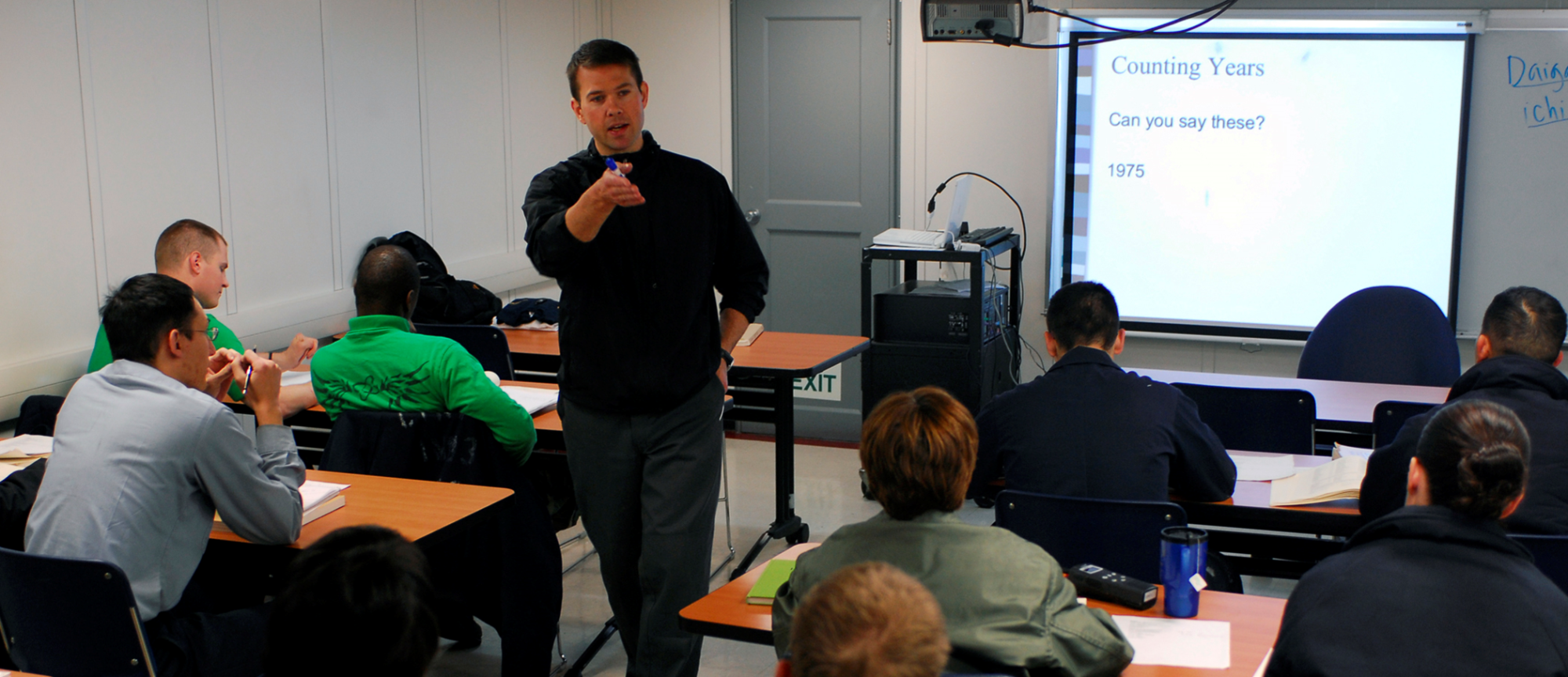SERVING
Those That
SERVED
VA Compensation Course 101
Pillars of Evidence for Your Claim
Gathering as much evidence as possible about your disability is paramount. Sorting through mounds of paperwork in order to find the most relevant data for your claim, it is crucial in the development of appropriate evidence. Let’s draw upon the work of Master Chief Petty Officer Ken Cruickshank.
A retired Navy Master Chief Petty Officer and currently the Veterans Services Officer (VSO) for Tulare County California, Ken Cruickshank helps veterans with their disability claims for VA disability benefits and writes a regular column on the subject in local newspapers.
Mr. Cruickshank writes that most VA disability denials are due to a missing element in the claims application that establishes the veteran’s service connection. He notes in the Visalia Times-Delta that those pillars include; 1) medical evidence of a current, chronic (continuous) disability; 2) evidence of having suffered a disease, injury or event while engaged in active service; and 3) evidence that links these two items together.
Were the claimant to disagree with the denial, based on the applicant’s view that the application is complete, it appears as if the applicant can continue to disagree until the cows come home. Mr. Cruickshank writes that unless the VA is satisfied that all the so-called “pillars of evidence” in an application are complete, the VA will systematically deny the VA disability claim.
Importantly, Mr. Cruickshank notes, however, that there is effective protocol to follow should a VA benefits application come back stamped “benefits denied.” A letter of disagreement must be forwarded to the veteran’s local regional VA office within one year of receiving the denial (based on the date on the letter itself - if the letter took six months to get to the applicant, for example, then the applicant has six months to respond). The letter from the claimant disagreeing with the denial must include the name of the claimant, the date of the decision by the VA that is at issue, and the claimant’s signature. If any of these are missing or done improperly, they could come back and delay the process even further.
Following that, Mr. Cruickshank maintains, there are two avenues the veteran can take: the traditional appeals process or one that involves a Decision Review Officer (DRO).
